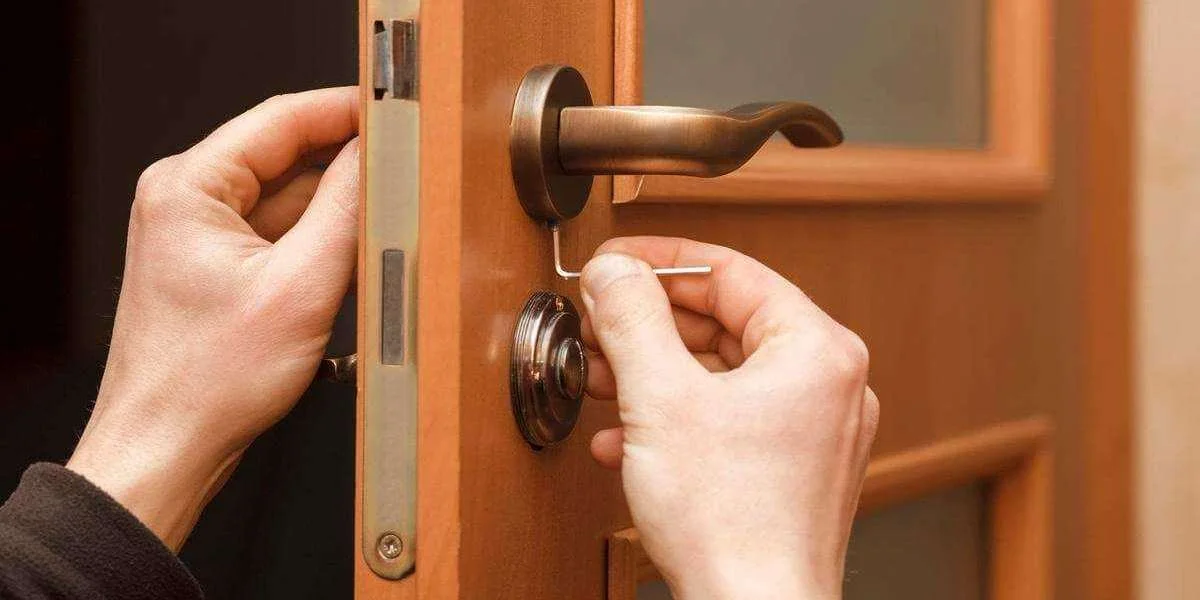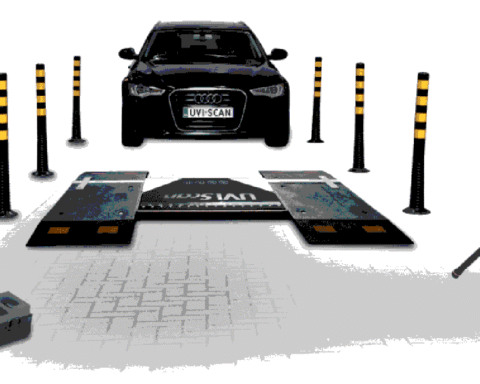Changing a lock on a door that’s already locked can feel tricky — but for homeowners and renters it’s a common task after losing keys, moving into a new place, or after a break-in. There are safe, practical options you can use depending on the situation: non-destructive methods, replacing the cylinder, or calling a professional locksmith.
This article explains the straightforward approaches, the tools involved, and how locksmith Ware services can help when you don’t want to (or can’t) do it yourself.
Before you begin: confirm ownership and the lock type
Only attempt to change a lock if you legally own or have explicit permission to alter the lock. Next, identify the lock type: a surface-mounted deadbolt, a mortise lock, a Euro cylinder, or a tubular knob/lever with a separate deadbolt. Many modern doors use a cylinder (also called a core) that can sometimes be changed without removing the whole lockset.
Option 1 — Non-destructive approaches (preferred)
- Use a spare key or entry method: If any authorized person has a spare key or the door has an alternate entry (garage, back door), access that way first.
- Remove the cylinder from the inside: On some locks you can remove decorative trim or screws from the interior side and extract the cylinder without unlocking the door. This only works if you can access the interior hardware.
- Use a bump key or impressioning — not recommended for novices: These are specialist techniques and can damage the lock or be illegal in some places; don’t attempt unless trained and authorized.
Non-destructive methods preserve the door and hardware and are usually quicker and cheaper. If you can remove the cylinder from the interior side (for example, you’re inside but the deadbolt is turned), you can often replace it with a new cylinder that uses a different key—this is called swapping the core.
Option 2 — Replace the cylinder (common solution)
Many modern locks let you replace only the cylinder/core rather than the entire lock. This is a clean solution if the rest of the hardware is in good condition.
Steps (general overview):
- Remove the interior trim or screws accessible from the inside.
- Extract the retaining screws holding the cylinder (some models have a visible long screw through the faceplate).
- Insert a replacement cylinder of the correct profile and length, then secure it.
- Test the new key from both sides several times.
This approach is usually affordable and avoids changing handles or strike plates. If you’re locked out and can reach the interior side (for example, through a window), a cylinder swap is ideal. If you cannot access the interior, proceed to Option 3 or call a pro.
Option 3 — When the door is locked from both sides (locked out)
If you’re physically locked out and cannot access interior screws, changing the lock becomes harder. You may consider:
- Removing the strike plate (if possible) to create a temporary gap for access — this can damage the doorframe and isn’t always workable.
- Drilling out the cylinder: This will destroy the existing cylinder so you can remove it and install a new one. Drilling should be a last resort because it is destructive and requires proper replacement hardware and skill to align a new cylinder correctly.
- Calling a locksmith: Often the best, fastest, and least risky option. A professional locksmith in Hoddesdon can open the door non-destructively in most cases and either rekey the existing lock or install a new cylinder or lockset on the spot.
How locksmiths can help
- Non-destructive entry: Experienced locksmiths have tools and techniques to open many locked doors without damage.
- Rekeying vs. replacing: Locksmiths can rekey a lock so old keys no longer work, or replace the cylinder/core or entire lockset if required.
- Advice on security upgrades: They’ll recommend better deadbolts, reinforced strike plates, high-security cylinders, or smart locks if you want improved protection.
- Emergency service: If you’re stranded outside at night or after a break-in, locksmiths offer rapid response and secure replacement.
Final tips
- Keep proof of ownership or ID ready — reputable locksmiths will request this.
- Consider rekeying if you suspect lost keys are compromised; it’s often cheaper than full replacement.
- Invest in a quality cylinder and a reinforced strike plate for long-term security.
Changing a lock on a locked door is doable with the right approach, but when in doubt—or if you want to avoid damaging your door—calling a licensed locksmith is the safest, most reliable choice. They’ll get you back inside and leave you with a properly installed, secure lock.








